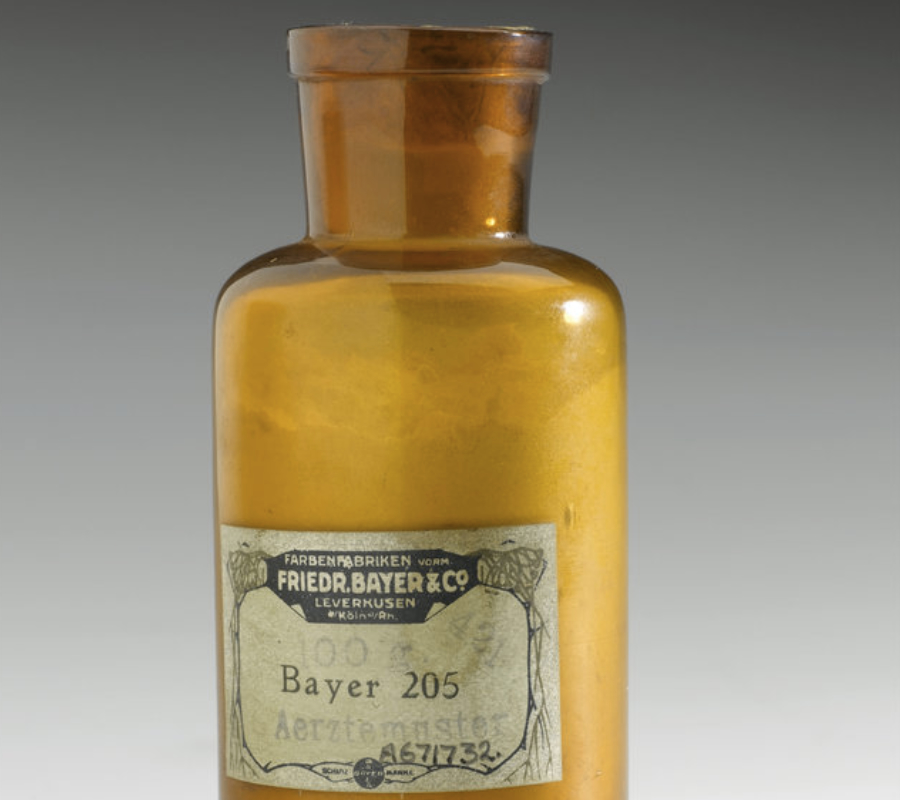According to a new investigation, Suramin could be the cure for autism. This century-old drug has been used to treat the sleeping sickness, but its use also showed improvements in the autism symptoms of five boys that participated in a small clinical trial. However, researchers say that more studies need to be done.
The research was driven by researchers at the University of Californa San Diego. They say that a small dose of Suramin helps in the language, behavior, and willingness to socialize among those with autism. However, it is not a permanent improvement. Currently, there is no cure for autism.

This is not the first time Suramin is used to cure diseases
Suramin is an old drug developed in 1916 by the German firm Frederich Bayer and Co. to treat African sleeping sickness and river blindness, which were caused by trypanosome parasites. However, given its properties, it has also been investigated with the hope of finding a cure for other diseases, including cancer. However, its use has not been approved in the United States.
According to a new clinical trial conducted by Robert Naviaux, -MD, Ph.D., professor of medicine, pediatrics, and pathology– and its colleagues at the University Of California San Diego School Of Medicine, a dose of this old drug can help people with autism.

Naveaux said that a single intravenous dose of suramin could generate a dramatic improvement in the most significant symptoms of this disorder. He drove a really small trial that included ten boys with the autism spectrum disorder (ASD). The ages of the boys ranged between 5 and 14, while the average age was 9.1 years.
The drug had already been tested for autism on mice. According to the outcomes, a single dose reversed the symptoms of autism in these animals. The same thing happened to the kids that received the dose of suramin.
They were randomly chosen to receive the placebo or the drug. The five children that received the placebo showed no improvement afterward. The kids with the dose of suramin were more prone to socialize, and all of them had a terrific improvement in their language and coping skills too. They were more focus and calm. Such improvements were not permanent, but they lasted for several weeks.
To measure the results, the researchers used standardized tests and interviews. Naviaux highlighted that there were four non-verbal children in the group of ten. Two of them were 6, and two had 14 years old. One in each age had the drug.
“The 6-year-old and the 14-year-old who received suramin said the first sentences of their lives about one week after the single suramin infusion,” he notes. “This did not happen in any of the children given the placebo.”
This is the first time a drug would be proven to treat the cause of this disorder. Naviaux said that this results, though incredible, must be regarded as preliminary, but the drug is going to be tested for a longer period now. He is currently planning to test 40 children with autism.
Naviaux supports the “cell danger response theory”
Autism is considered to be a very complex disorder that typically surfaces in childhood affecting social interaction. However, symptoms can vary, and their intensity might also change. Some of these symptoms include difficulty in establishing eye contact, difficulty in holding a conversation, obsessive interests, poor motor skills which affect language, and problems with reasoning.
There is not a particular cause for this disorder that affects 1 in every 68 children in the United States, according to the Centers for Disease Control and Prevention. Its cause is a combination of genetics and environmental factors that might include viral infections or pregnancy complications.

However, this study supports the “cell danger response theory,” under which autisms alongside other chronic diseases are treatable because they are caused by a metabolic dysfunction.
For Naviaux, this might be a unifying theory of all the causes of autism. He explains that the cell danger response is a signal that is sent to every cell in the body when they suffer an injury so that cells can protect themselves. They respond by stiffening the cell walls, meaning that they don’t have contact with the other cells until they threat has ceased. However, the thing is that the cell danger response can get stuck and that stops the cells from completing its healing cycle. If the cell is stuck in the state of alert, then the way it responds to the world might change permanently.
“When this happens during early child development, it causes autism and many other chronic childhood disorders,” Said Naviaux.
According to Naviaux, suramin can block the molecules that release the danger signal, so the cell understands that the threat is over and that it can return to normal jobs such as neurodevelopment, growth, and healing.
Autism affects people from every socioeconomic and racial group. However, it is about five times more common among boys than among girls.
Source: UC San Diego Health

I want to say a very big thank you who help me out with my mental condition, my family and I never believed I will be fine and come back to my normal senses again, anyway all thanks to my wife for contacting great doctor EHIS Uribhor, great doctor Uribhor sent her a medicine to give me for a period of one week only and All thanks to God now that I am fine and forever be healed. I have come back to normal senses and I can do all things and resume work now, contact same doctor on {EHISOJOKU@HOTMAIL.COM} and he will help you too…